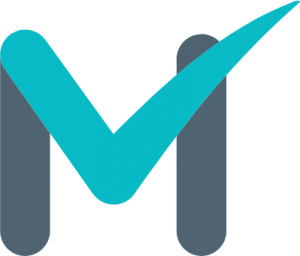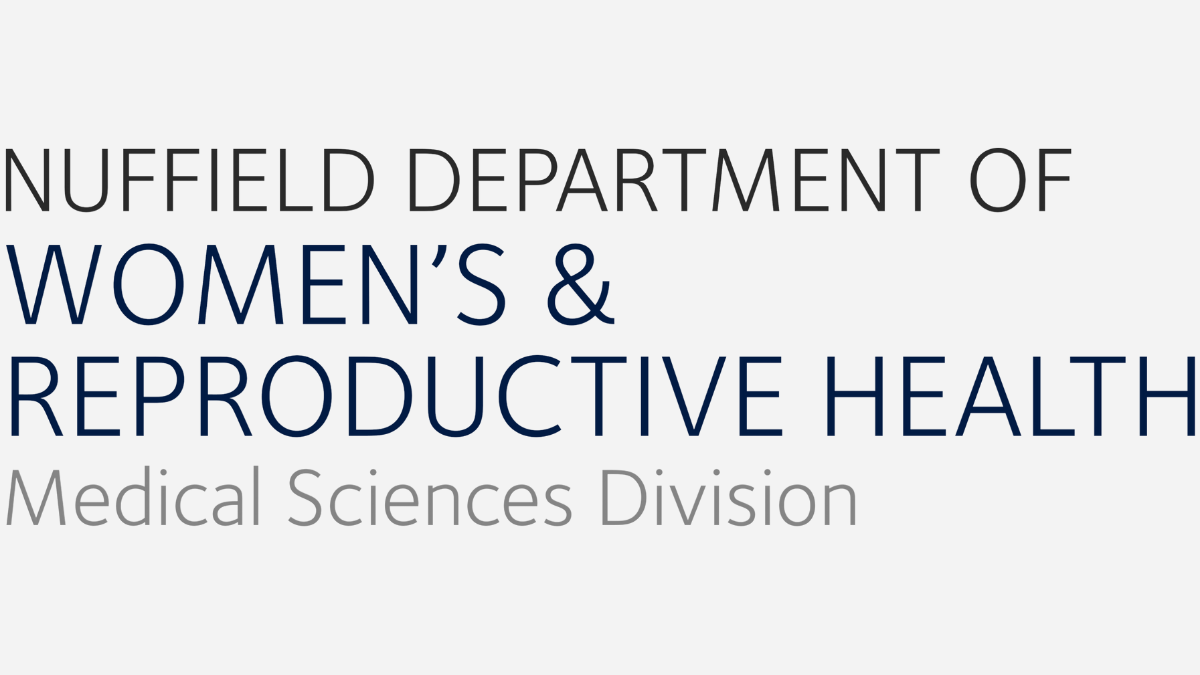Leaders evolve over time, they are not born, but they can suddenly appear. Some leaders appear ready-made, but this is as a result of the positive contribution their upbringing and background has made. Leadership ability is not achieved by attending a course, you cannot get a genuine degree in Leadership.
Successful leadership development is a blend of the individual’s underlying temperament, their ability to learn quickly, their formal training, the influence of and access to good leaders and the guidance of a coach or mentor over many years.
The reason for this is that the key difference between managers and leaders lies not in the hard skills arena, but in soft skills and Emotional Intelligence (EI) in particular. Emotional Intelligence takes time to develop, it cannot be the subject of a short course, it is learned by experience. Left up to the individual alone, this aspect of their development can be a hit and miss affair and not show up until serious performance issues arise.
At THG Ireland we have the tools and techniques to turn Leadership Development into a highly effective process. The McQuaig System of psychometric assessment reports provide the tools for effective coaching and for the development of many of the key factors in EI.
The THG “Leadershift” Model is a simple approach to Leadership Development that in most cases will be a small bolt-on to an organisation’s existing L&D process. Leadershift allows an organisation to enhance their leadership development process, while at the same time expanding the skills of those already in leadership positions, mentoring and coaching roles.
This model is designed to be run in conjunction with an organisation’s existing development process ensure continuity and ongoing support to its participants. It is simple to understand and Coaches quickly and enthusiastically grasp it’s capabilities and the impact it can have on their work and on the programme participants.
The model is represented by three flights of steps and two supporting handrails. Each handrail is vital to the successful development of the leader, while the three steps represent the obstacles and EI development opportunities.











